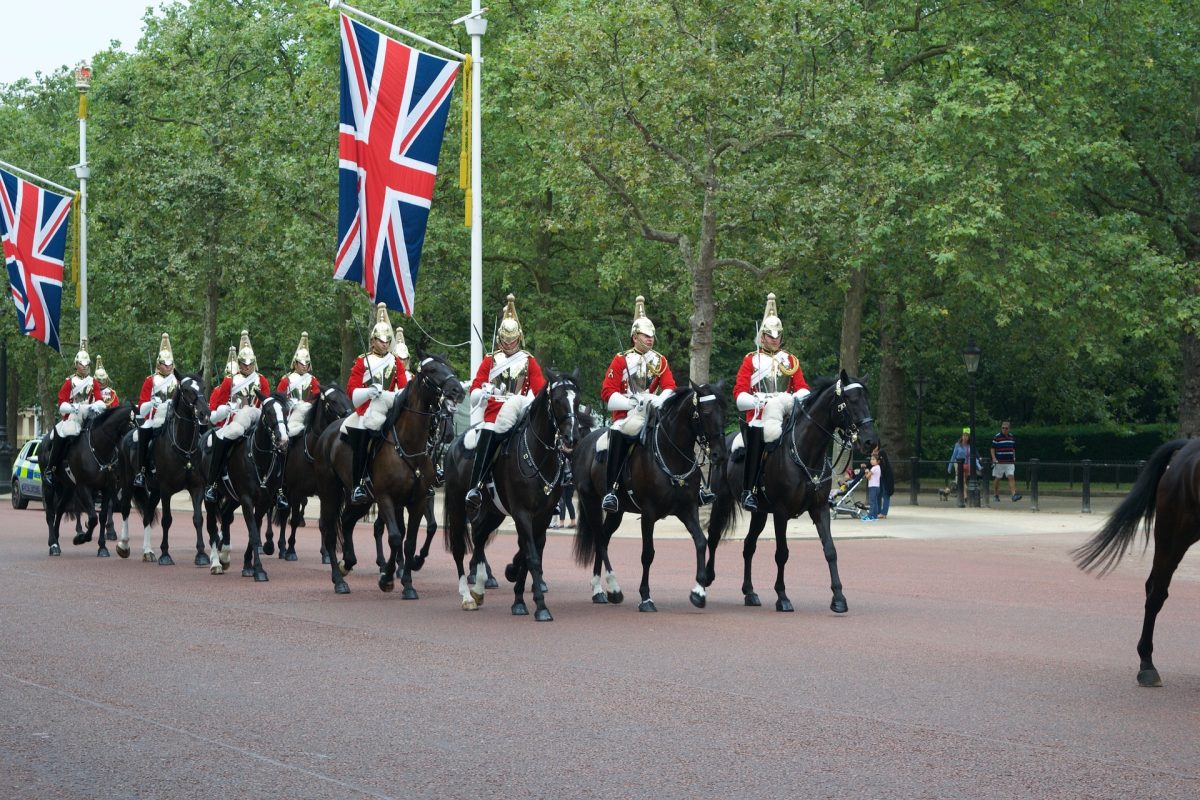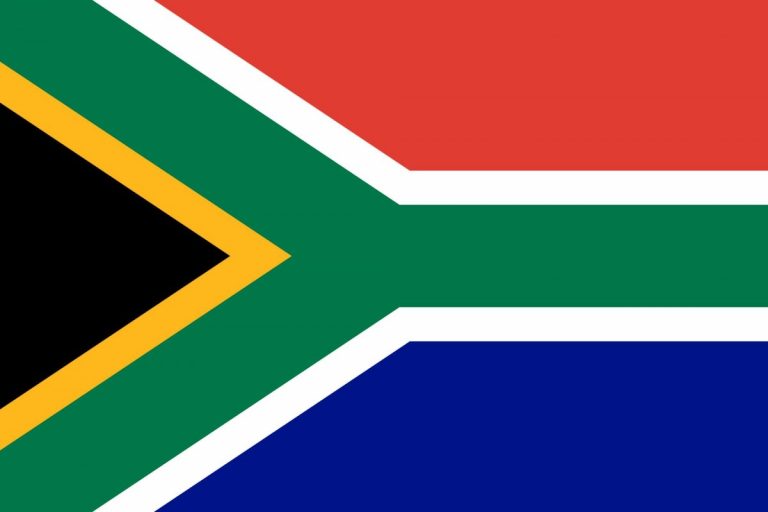A Tribute to HM The Queen
Our beloved majesty, you left us today to be with Prince Phillip, who you loved and adored.
Most of us living today have known you as our Queen, and although we didn’t see you every day, we felt your presence, we just knew you were there.
From the day you became Queen of England, you carried your strong values through the 70 years that you reigned, and it is very difficult to find any flaws in the way that you embraced not only your country, but the people of the world.
You started your reign all those years ago, lasting 70 long years, with a seamless transition of easily adapting through the years and at the same time still holding on to your strong values, and staying strong no matter how bad the storm.
You were our matriarch, and during troubled times you would be there, supporting us with comforting words, telling us that it will be ok.
You endured the dangers of a world war alongside the British people and held them close in your heart during the devastation of a global pandemic, with those famous words of “We will meet again”.
You had a sense of humour, you were wise and knowledgeable of world events and were deeply caring.
You never faltered in your duties and even found the strength to continue just 2 days before your passing, and you did it with a smile.
Your personal commitment to your role and extraordinary sense of duty will forever hold a place in British history.
Throughout our lives we have endured the sad loss of family members and the pain and grief that goes with these sad times.
Now we have lost another family member, someone whose presence was so strong, it felt like a 100 people were entering a room when you walked through the door.
In the event of losing someone like you who was the biggest character on the world stage, the world together as one big family is feeling the pain and huge wave of grief.
We knew this day was coming, but nothing could ever prepare us for the numbness we would feel when it became a reality.
We experienced your presence and it is a feeling that will never be able to explain in words to future generations.
You were our constant, our one of a kind and you were loved and adored by so many.
You were the glue that held the country together, and we will continue to keep that togetherness in your memory.
Thankyou for all that you did , thank you for being our beloved Queen for so many years, and thank you for being you.
“We will meet again”
R.I.P Queen Elizabeth II
1926 – 2022
What is the purpose of the British monarchy?
The monarchy of the United Kingdom, commonly referred to as the British monarchy, is the constitutional form of government by which a hereditary sovereign reigns as the head of state of the United Kingdom, its dependencies and its overseas territories.
Monarchy is the oldest form of government in the United Kingdom. In a monarchy, a king or queen is Head of State. The British Monarchy is known as a constitutional monarchy. This means that, while The Sovereign is Head of State, the ability to make and pass legislation resides with an elected Parliament.
Visit Buckingham Palace
The Queen’s official London residence and a working royal palace.
Buckingham Palace is recognised around the world as the home of The Queen, the focus of national and royal celebrations as well as the backdrop to the regular Changing the Guard ceremony.
- Prices
- Opening times
- Map and directions
- Practical information
- The state rooms
- Royal day out
- The Royal Mews
- Tack up a wooden pony
- Try out a Royal carriage
- Book tickets
Facts about The Queen’s reign
- Since 1952, The Queen has conferred 380,630 honours and awards.
- The Queen has personally held 459 Investitures.
- The Queen has received around 3 million items of correspondence.
- Over the course of the reign, well over a million people have attended garden parties at Buckingham Palace or the Palace of Holyrood house (The Queen ended Presentation Parties in 1958).
- Since 1952, The Queen has given Royal Assent to 3135 Acts of Parliament.
- Tony Blair is the first Prime Minister to have been born during The Queen’s reign. He was born in early May, 1953 – a month before the Coronation.
- The Queen is currently patron of 620 charities and organisations, 433 of which she has held since 1952.
- In 50 years, The Queen has undertaken 251 official overseas visits to 128 different countries.
- Many of The Queen’s official tours were undertaken on the Royal Yacht Britannia. It was launched by Her Majesty on April 16, 1953 and was commissioned for service on January 7, 1954. It was de-commissioned in December, 1997. During this time, Britannia travelled more than a million miles on Royal and official duties.
- By the end of 2002, The Queen will have visited Australia 14 times, Canada 20 times, Jamaica 6 times and New Zealand 10 times.
- Unusual live gifts given to The Queen on foreign tours include: two tortoises given to The Queen in the Seychelles in 1972; a seven-year-old bull elephant called “Jumbo” given to Her Majesty by the President of Cameroon in 1972 to mark The Queen’s Silver Wedding, and a canary given to The Queen after the State visit to Germany in 1965.
- The Queen has sent more than 280,000 telegrams to couples in the UK and the Commonwealth celebrating their diamond wedding (60 years) anniversary.
- The Queen’s real birthday is on April 21, but it is celebrated officially in June.
- The Queen has attended 31 Royal Variety performances.
- The Queen has given 88 State banquets during her reign.
- The Queen has launched 17 ships during her reign.
- The Queen has given out about 75,000 Christmas puddings to staff continuing the custom of King George V and King George VI.
- The Queen learnt to drive in 1945.
- The Queen was born at 17 Bruton St, London W1 on the 21st April, 1926, was christened on the 29th May, 1926 in the Private Chapel at Buckingham Palace and was confirmed on the 28th March, 1942 in the Private Chapel at Windsor Castle.
- The Queen has 30 godchildren.
- The Queen has been at the saluting base of her troops in every Trooping the Colour ceremony since the start of her reign, with the exception of 1955, when a national rail strike forced the cancellation of the parade.
- The first ‘Royal walkabout’ took place during the visit by The Queen and The Duke of Edinburgh to Australia and New Zealand in 1970. The practice was introduced to allow them to meet as many people as possible, not simply officials and dignitaries.
- An important innovation during The Queen’s reign was the opening in 1962 of a new gallery at Buckingham Palace to display items from the Royal Collection. The brainchild of The Duke of Edinburgh, the new Queen’s Gallery occupied the space of the Palace’s bomb-damaged private chapel. It was the first time that parts of the Palace had been opened to the general public. The new Queen’s Gallery is currently being redeveloped and will re-open in May, 2002 for the Golden Jubilee.
- The Queen has attended 46 Royal Maundy services in 35 cathedrals during her reign. A total of 5,100 people have received Maundy Money in recognition of their service to the Church and their communities.
- The Queen has owned more than 30 corgis during her reign, starting with Susan who was a present for her 18th birthday in 1944. A good proportion of these have been direct descendants from Susan. Her Majesty currently has four corgis – Pharos, Swift, Emma and Linnet.
- The Queen also introduced a new breed of dog known as the “dorgi” when one of Her Majesty’s corgis was mated with a dachshund named Pipkin which belonged to Princess Margaret. There have been 8 dorgis – Tinker, Pickles, Chipper, Piper, Harris, Brandy, Cider and Berry.
- The Queen’s wedding ring was made from a nugget of Welsh gold which came from the Clogau St David’s mine near Dolgellau. The official wedding cake was made by McVitie and Price Ltd, using ingredients given as a wedding gift by Australian Girl Guides.

The British National Anthem
The British National Anthem in its present form dates back to the eighteenth century. The words and tune are anonymous, and may date back to the seventeenth century.
‘God Save The King’ was a patriotic song first publicly performed in London in 1745, which came to be known as the National Anthem at the beginning of the nineteenth century.
In September 1745 the ‘Young Pretender’ to the British Throne, Prince Charles Edward Stuart, defeated the army of King George II at Prestonpans, near Edinburgh.
In a fit of patriotic fervor after news of Prestonpans had reached London, the leader of the band at the Theatre Royal, Drury Lane, arranged ‘God Save The King’ for performance after a play. It was a tremendous success and was repeated nightly.
This practice soon spread to other theatres, and the custom of greeting monarchs with the song as he or she entered a place of public entertainment was thus established.
There is no authorised version of the National Anthem as the words are a matter of tradition. Additional verses have been added down the years, but these are rarely used.
The words used today are those sung in 1745, substituting ‘Queen’ for ‘King’ where appropriate. On official occasions, only the first verse is usually sung.

The words of the National Anthem are as follows:
God save our gracious Queen!
Long live our noble Queen!
God save the Queen!
Send her victorious,
Happy and glorious,
Long to reign over us,
God save the Queen.
Thy choicest gifts in store
On her be pleased to pour,
Long may she reign.
May she defend our laws,
And ever give us cause,
To sing with heart and voice,
God save the Queen.
The British tune has been used in other countries. European visitors to Britain in the eighteenth century noticed the advantage of a country possessing such a recognised musical symbol.
In total, around 140 composers, including Beethoven, Haydn, and Brahms, have used the tune in their compositions.
















